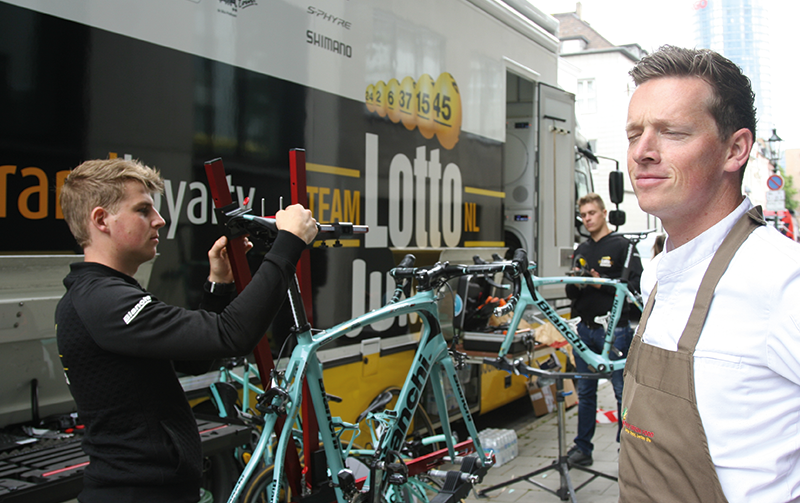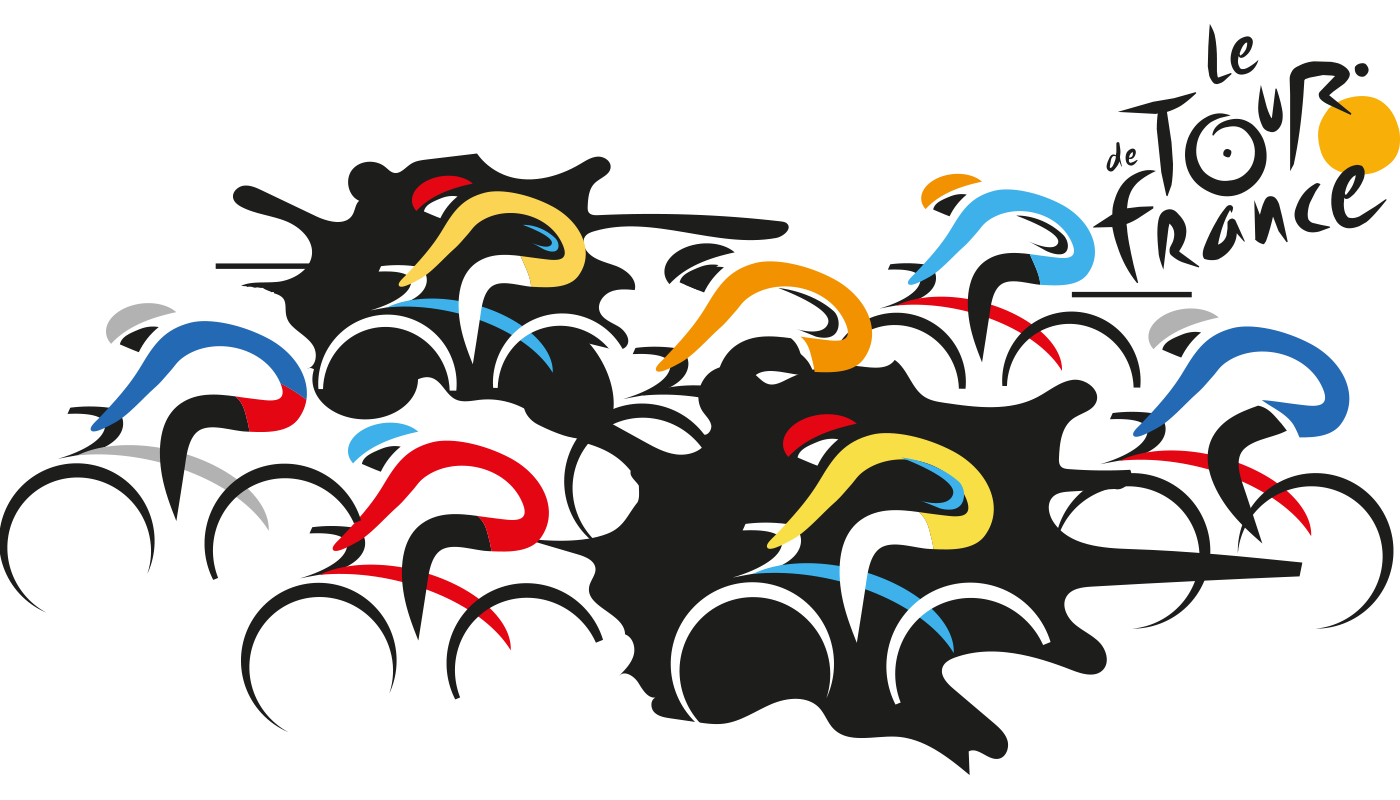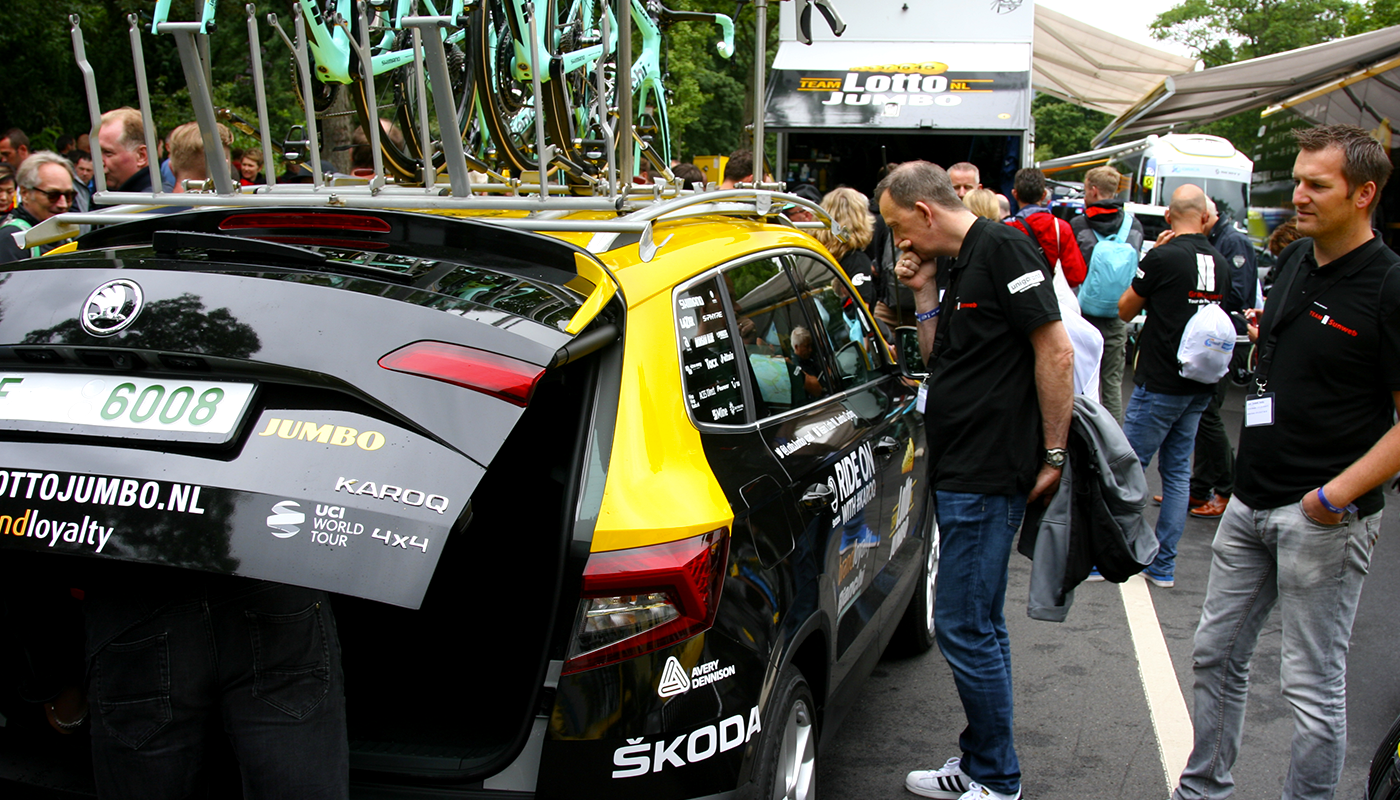Tour de France with ŠKODA KAROQ

The biggest cycling race in the world professionalized over the course of time. What started as rivalry between two sports journalists is now a huge fun-machine attracting millions of spectators each year.
7. 7. 2017 Škoda WorldMedia Box
8 images
Show more
Show less




















